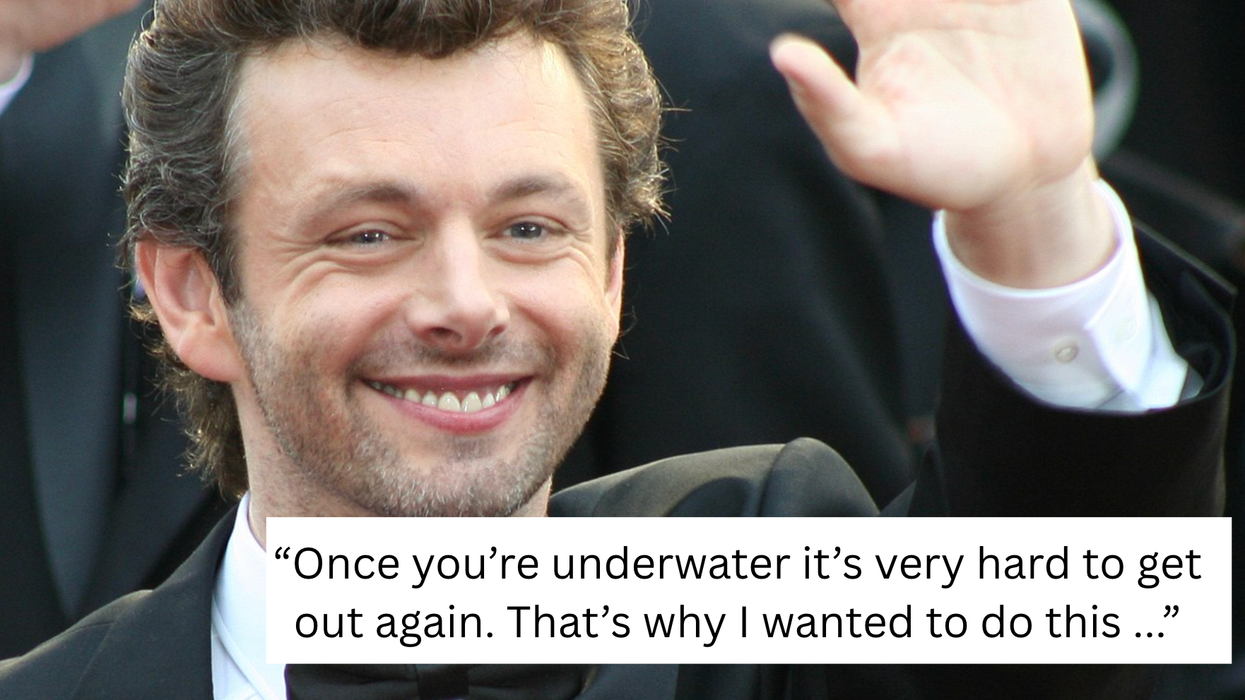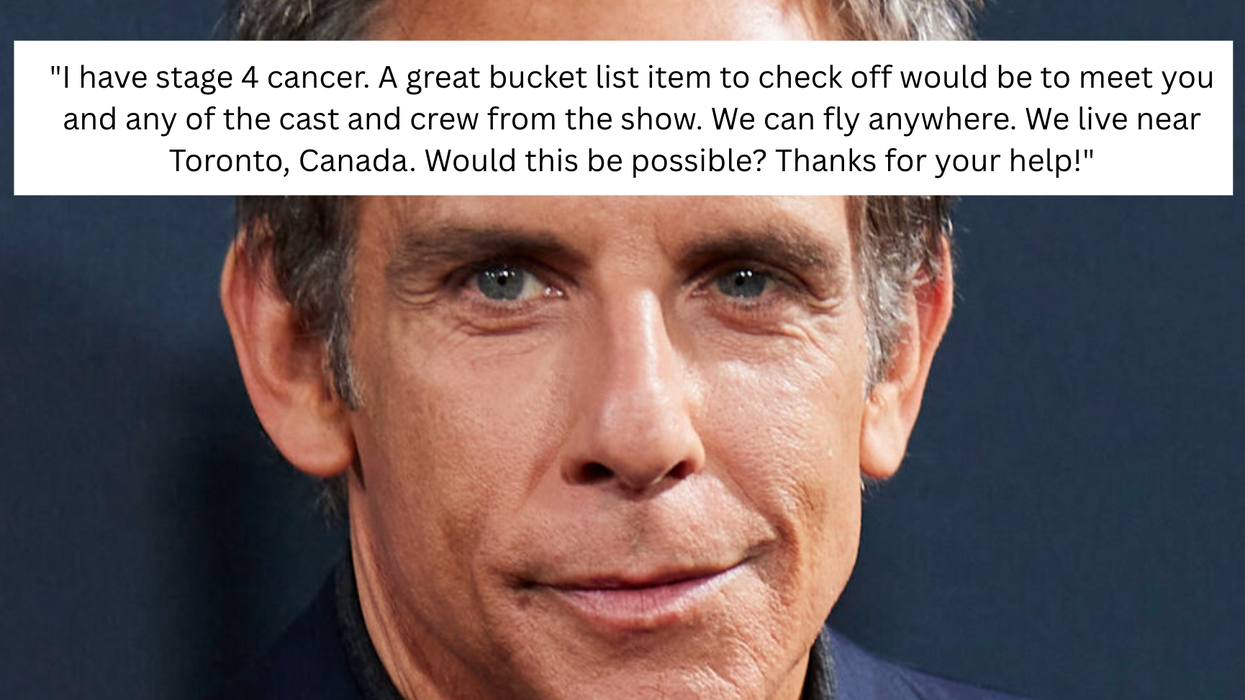Throughout movie history, many directors have proudly crafted long, continuous shots—from Orson Welles’ tense exploding-bomb opening of 1958’s Touch of Evil to the many spiraling sequences in Alejandro G. Iñárritu’s 2014 black-comedy Birdman. But only a handful of filmmakers have pulled off the ultimate flex: a one-shot feature, flowing start to finish with zero cuts.
Why even attempt such a marathon feat? Why put yourself, your cast, and your crew through the unbearable pressure of shooting for 90-plus minutes, knowing that any screw-up will force you to start from scratch? Ideally there’s an artistic purpose behind the endeavor, with the end product enhanced by that uninterrupted flow. That’s certainly the case with 2002’s 96-minute Russian Ark, the experimental period drama helmed by Alexander Sokurov. It’s one of the longest one-shot films ever, and it’s almost certainly the most acclaimed.
- YouTube www.youtube.com
The film unfolds like a stately but slightly distorted dream, as a ghost-like narrator drifts through Saint Petersburg’s Hermitage Museum, stumbling upon both real and fictional scenes throughout 300 years of Russian history. As one might imagine, bringing that vision to life was an incredibly difficult, painstaking process.
"When [Sokurov] came back to us with the idea of the film he wanted to make, we thought, 'Well, this is brilliant. This is going to be easy,’" recalled producer Jens Meurer in the making-of documentary In One Breath. "His idea was to do a 90-minute, non-stop film on video. We thought, ’90 minutes, non-stop, no editing, shot on video, just one shooting day—this is going to be easy. This is going to be a quick-to-make, cheap film.’ Well, we were very wrong. It turned out to be a quite different project. It actually took four years to develop. It turned out to be not just a small documentary of life in the Hermitage museum but a full-blown feature film."
The production was elaborate, requiring a cast of 867 trained actors and over 1,000 extras, horses, carriages, 22 assistant directors, and 14 lighting professionals. The amount of makeup and costumes was immense. And, of course, the tension of making a mistake was amplified by the ambitious filming arrangement—after all, they’d only secured the museum for a one-day shoot.
- YouTube www.youtube.com
On December 23, 2001, Sokurov called "action," and the crew held its collective breath. Unfortunately, they had to restart three times after roughly 10 minutes of filming—and given that they only had a certain amount of Steadicam battery power left, they absolutely had to get it correct the fourth time. "There’s no way back now," Meurer recalled in the documentary. "If it failed at this moment—if somebody tripped over the wire, if a light went off at the wrong moment, an actor forgot his lines—we would have been sunk."
Toward the end of filming, Steadicam operator Tilman Büttner started experiencing severe fatigue and groin pain, and he told his assistant that he needed to stop. However, he experienced a "burst of adrenaline" when witnessing a grand ballroom setup with a cast of dancers, and he pushed through. "If it hadn’t been for that," he recalled, "I would have stopped filming." It’s almost a miracle they made it to the finish line in one piece—and with such a stunning film. "When it was minute 84, 85, our nerves were [shattered]," Meurer said. "So when finally, after 86 or however many minutes it was, the director called 'cut,' people just fell down. Most people were just crying. It was such a release of tension."
"I’m very glad it happened and that it worked," he added, "but in hindsight, it couldn’t have worked. It was impossible. But it did."
- YouTube www.youtube.com
The film does, however, have one incredibly minor flaw, as explored in an episode of Jonathan Goldstein’s Heavyweight podcast. Toward the end of Russian Ark, a violinist—part of a massive orchestra—briefly looks directly into the camera, breaking the fourth wall. It’s a relatively subtle moment, and most viewers likely wouldn’t notice it, but Goldstein was so fixated on the mistake that he tracked down multiple members of the crew, including the violinist himself and even Sokurov.
"Of course I remember. Of course I remember," the director said, noting that he "wouldn’t have wanted to change anything" about the movie. "That’s the value of the film. That’s the value of works of art because it is not repeated in its advantages and its disadvantages."





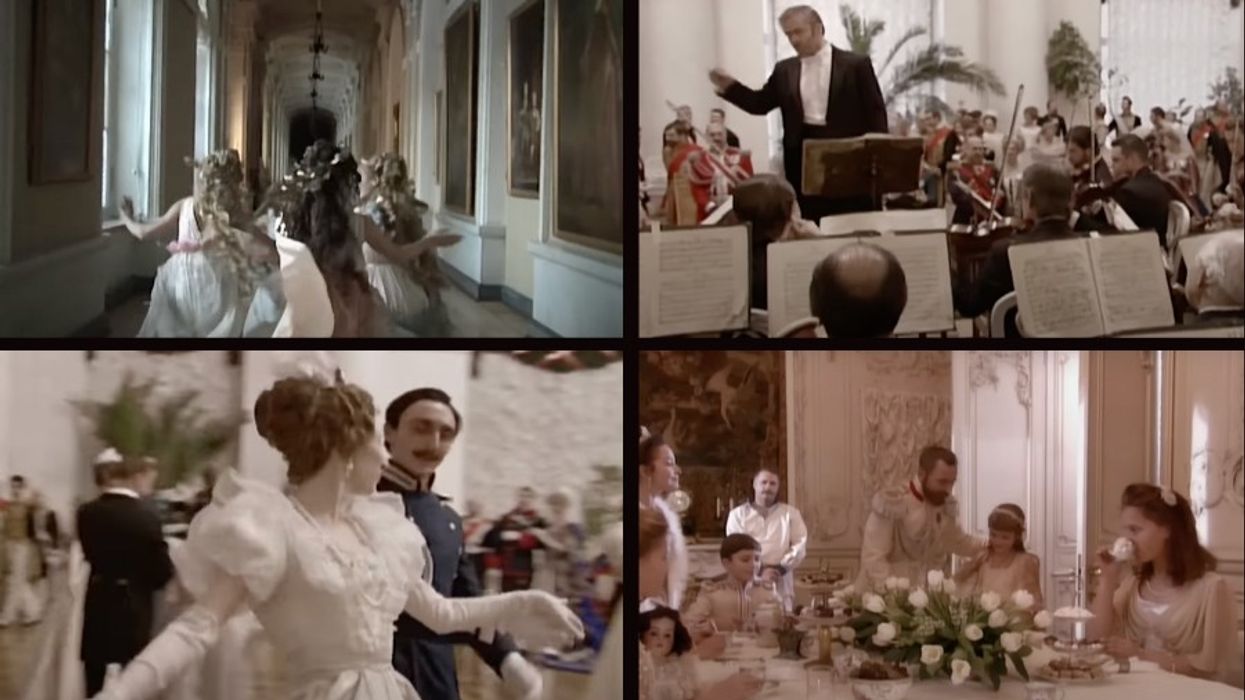


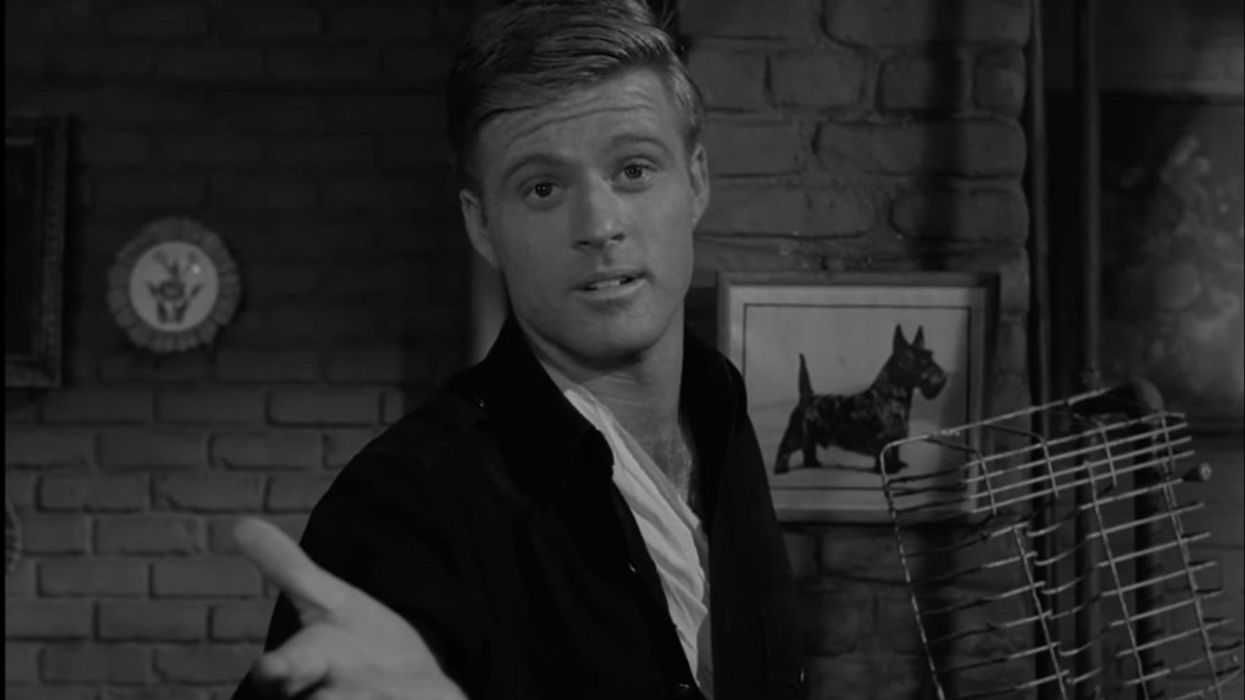
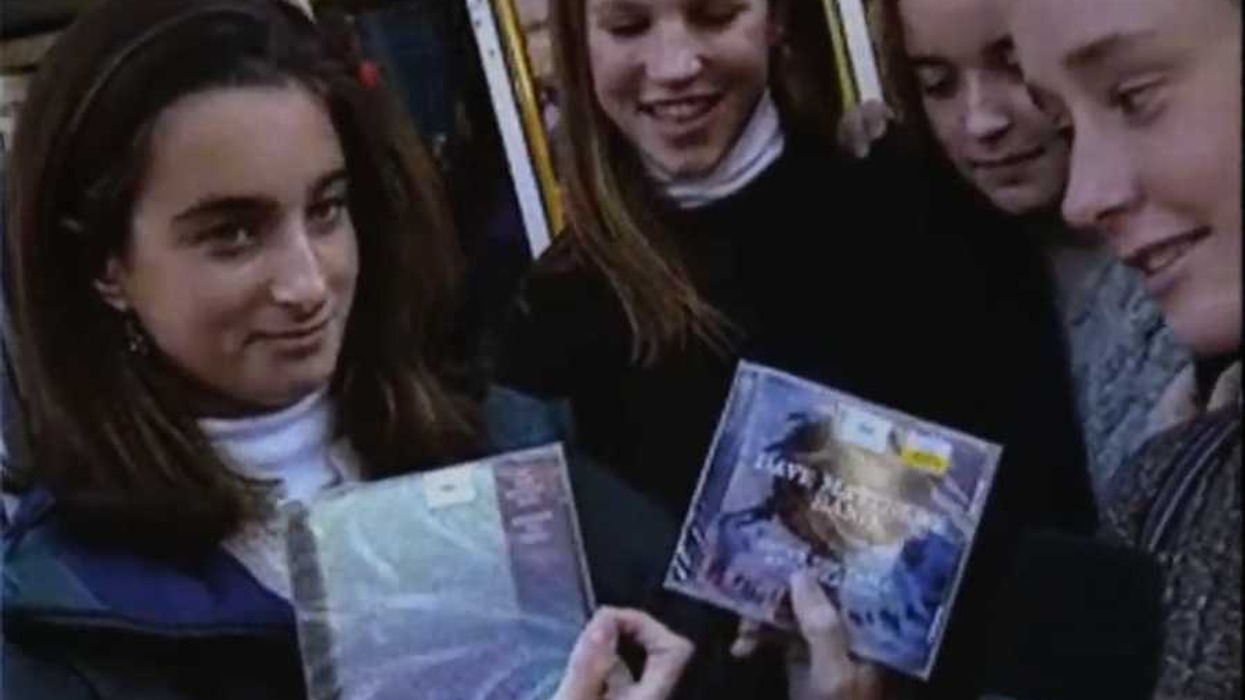



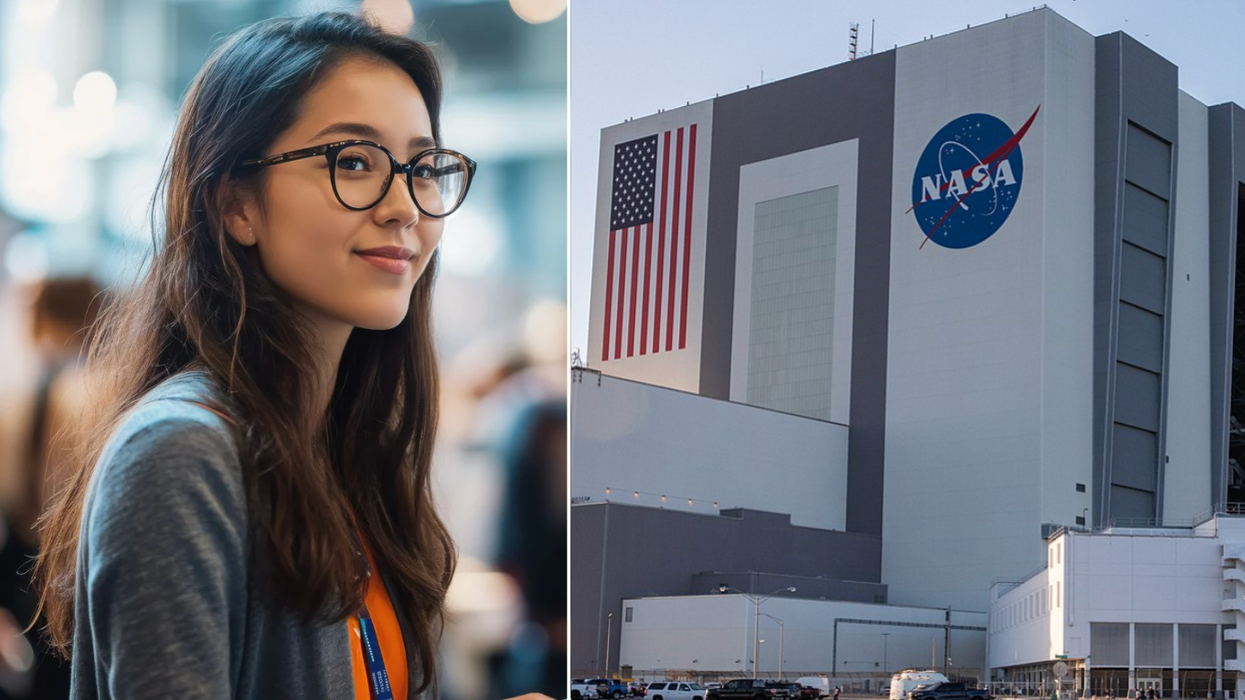

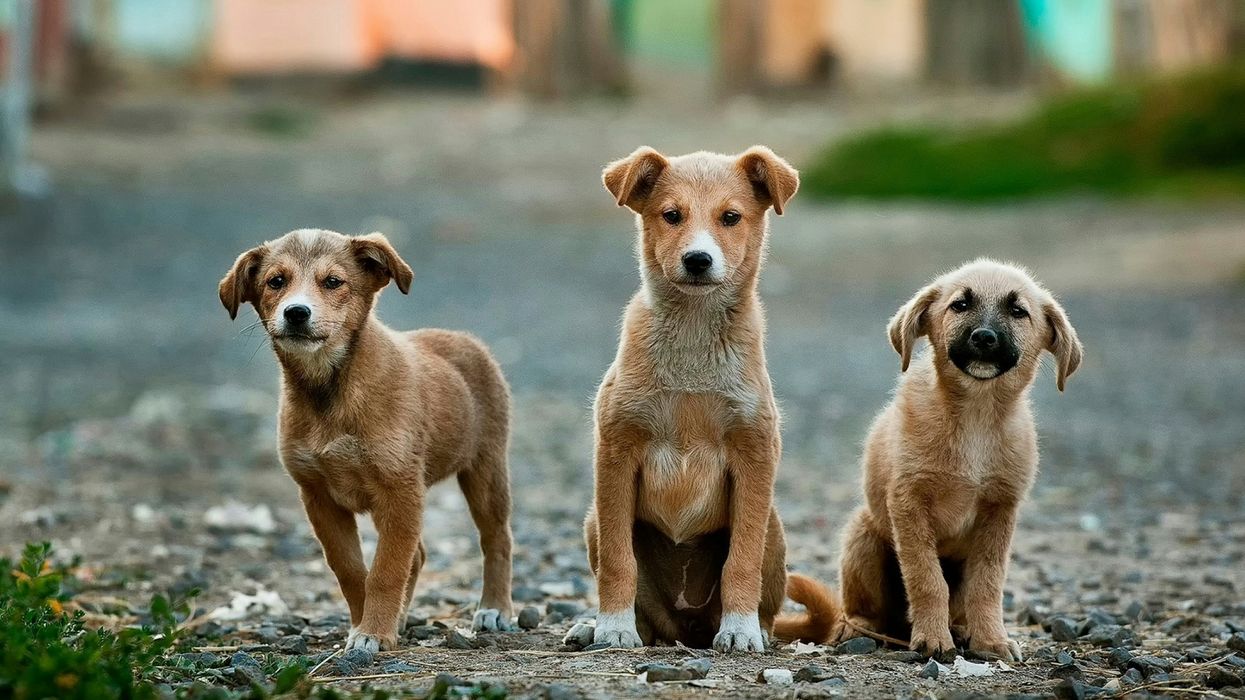
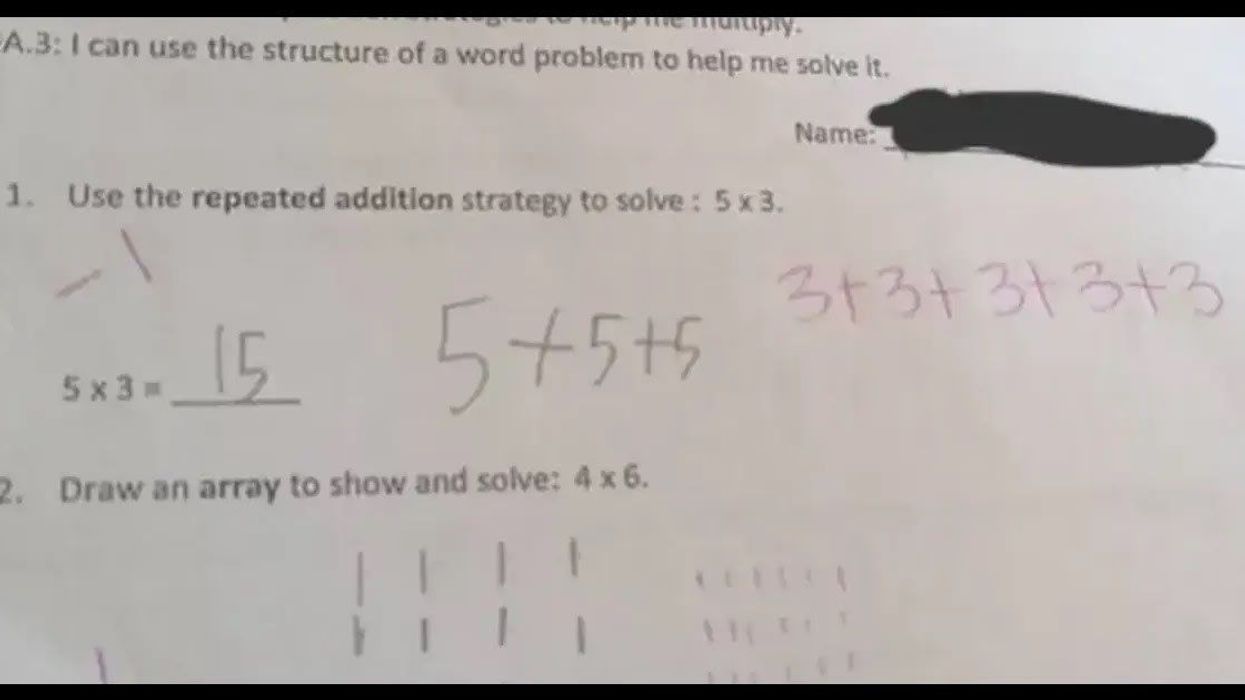


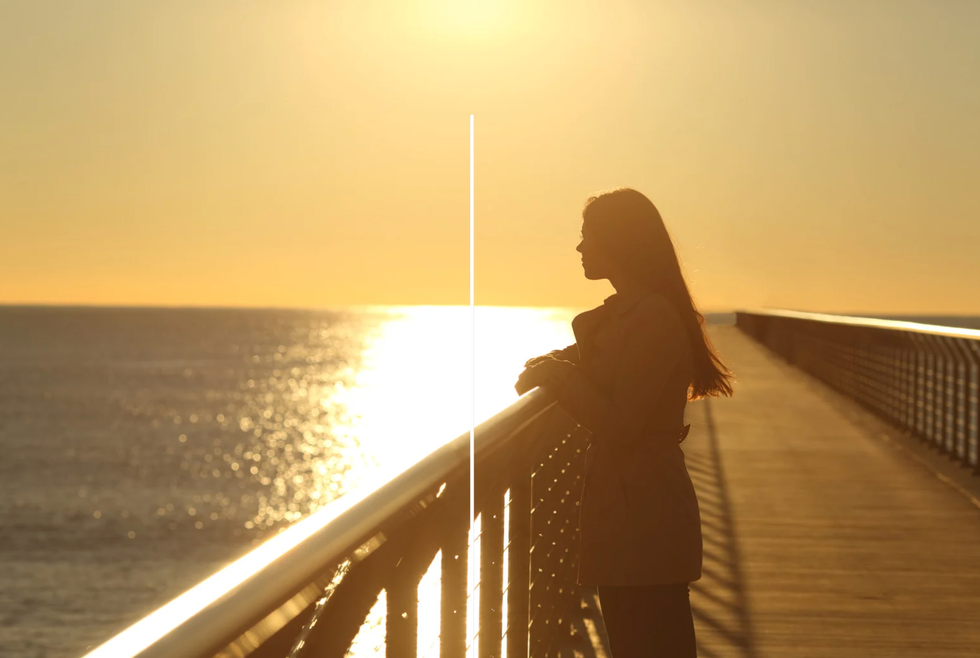 A woman looks out on the waterCanva
A woman looks out on the waterCanva A couple sits in uncomfortable silenceCanva
A couple sits in uncomfortable silenceCanva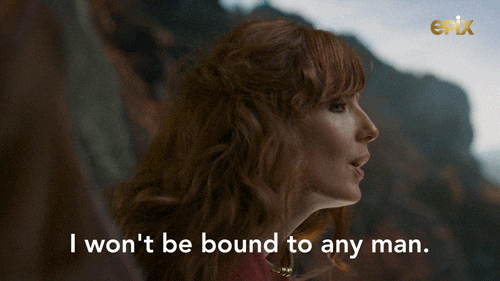 Gif of woman saying "I won't be bound to any man." via
Gif of woman saying "I won't be bound to any man." via  Woman working late at nightCanva
Woman working late at nightCanva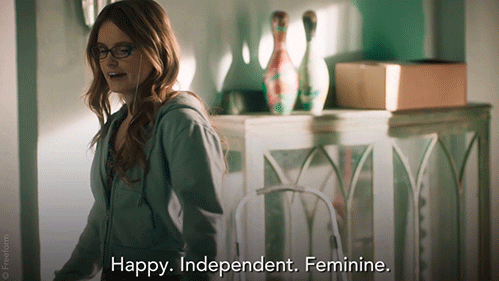 Gif of woman saying "Happy. Independent. Feminine." via
Gif of woman saying "Happy. Independent. Feminine." via 
 Pyramid of Khufu
Pyramid of Khufu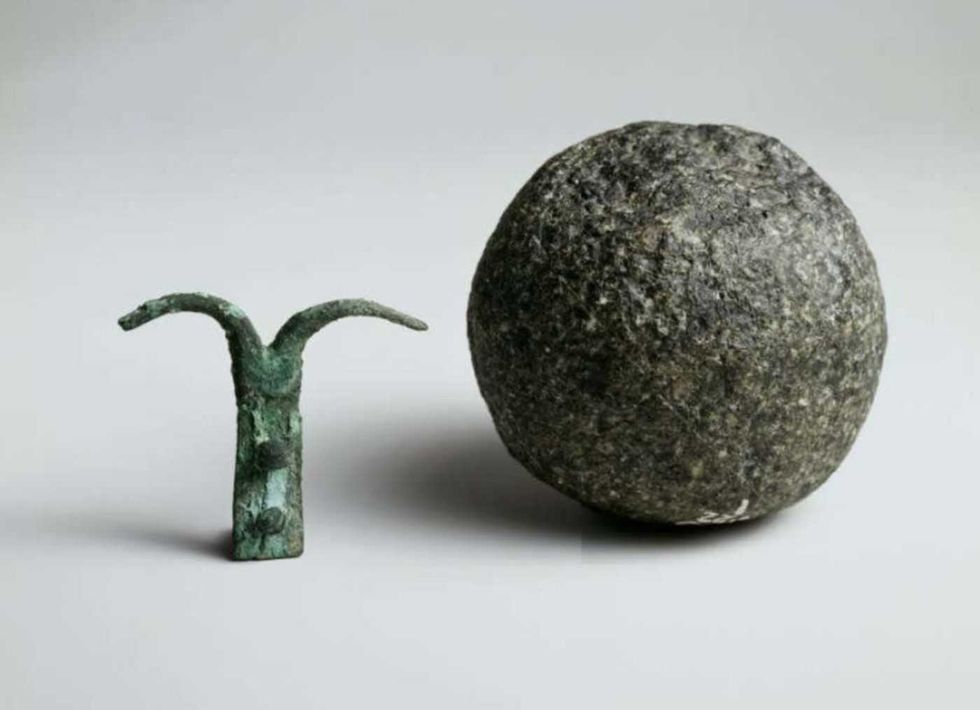 A spherical dolerite pounder.
A spherical dolerite pounder. Abeer Eladany holds open the box of splinters
Abeer Eladany holds open the box of splinters The box that the missing piece of cedar was discovered
The box that the missing piece of cedar was discovered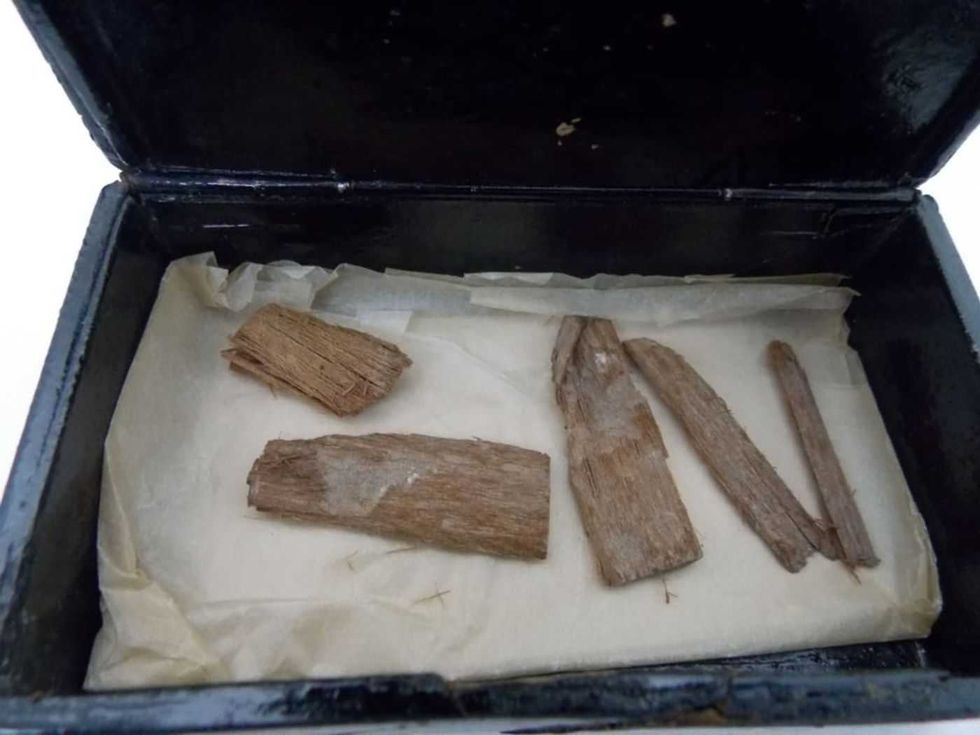 The wooden fragments dated to around 3341-3094 BC
The wooden fragments dated to around 3341-3094 BC
 Friends helping one another cross a creek.Photo credit
Friends helping one another cross a creek.Photo credit  A group of young people. Photo credit
A group of young people. Photo credit  Studies suggest empathy builds connection.Photo credit
Studies suggest empathy builds connection.Photo credit  People consoling a friend.Photo credit
People consoling a friend.Photo credit 

 Hungry and ready.Photo credit
Hungry and ready.Photo credit  The mac and cheese staple presentation.Photo credit
The mac and cheese staple presentation.Photo credit  Pizza ready from the oven.Photo credit
Pizza ready from the oven.Photo credit  Friends hover around the barbeque.Photo credit
Friends hover around the barbeque.Photo credit  Seafood platter on the beach.Photo credit
Seafood platter on the beach.Photo credit 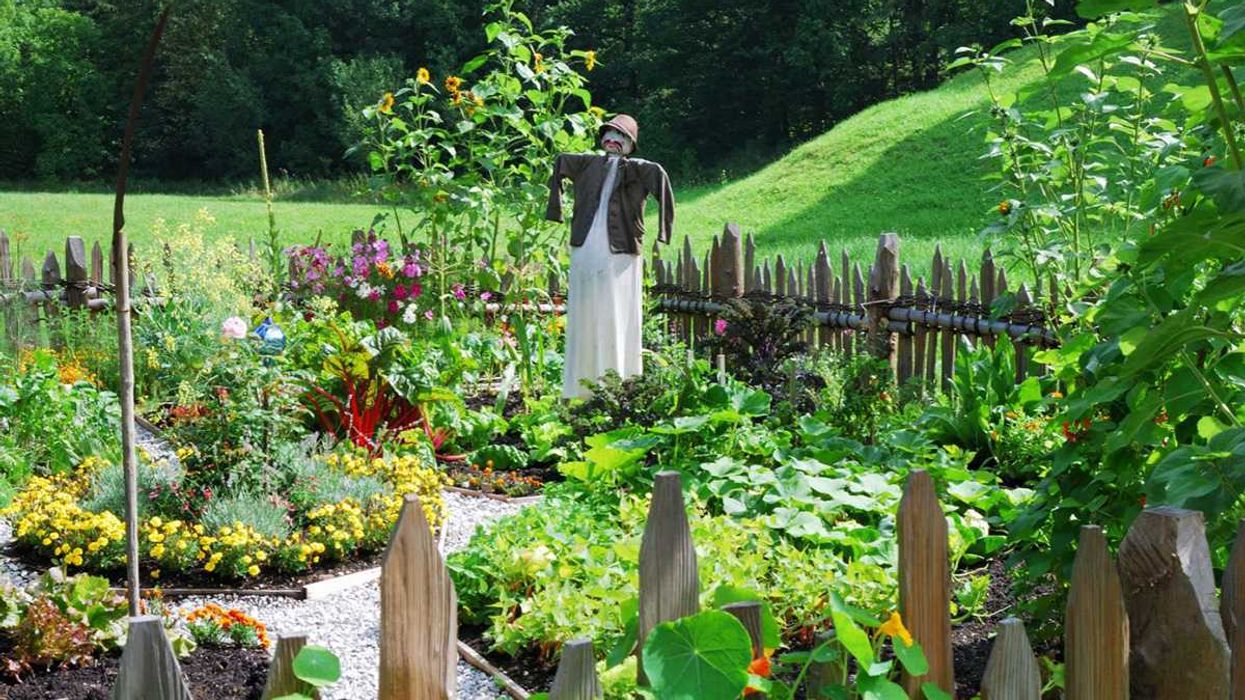 Scarecrow watches over a vegetable garden.Photo credit
Scarecrow watches over a vegetable garden.Photo credit 